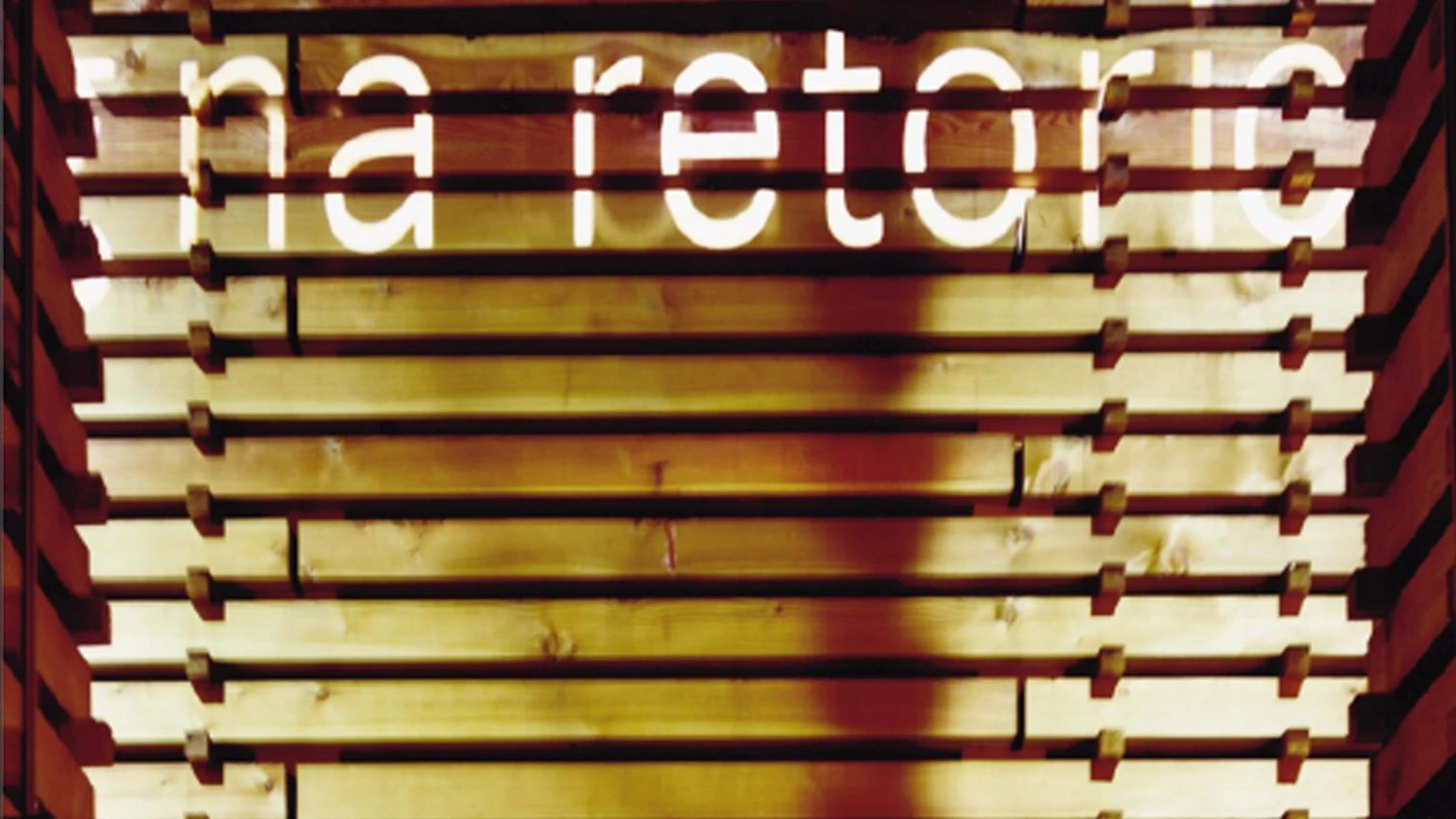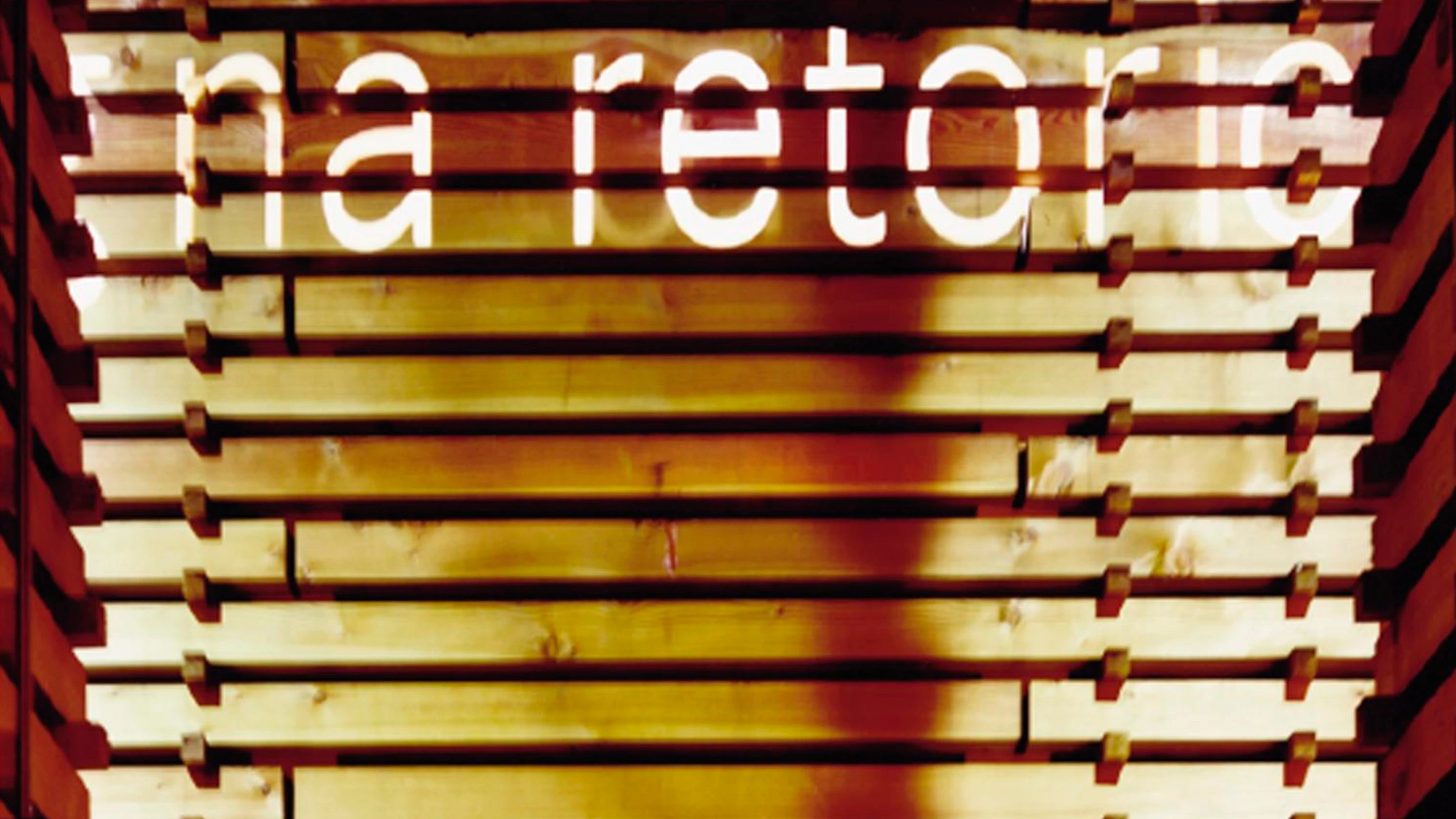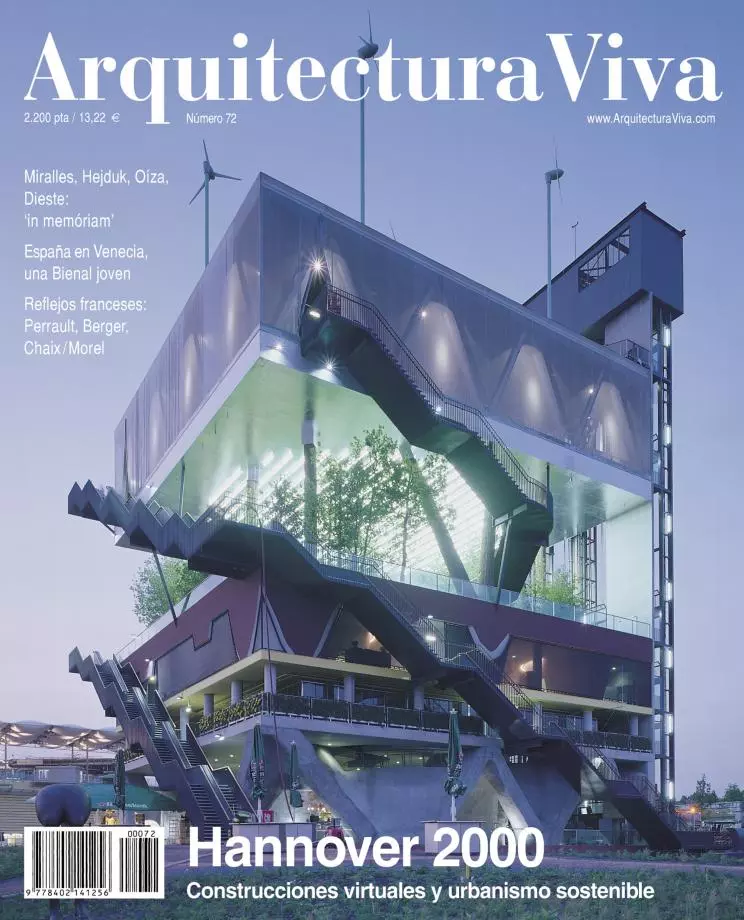
It is difficult to converse in cries and whispers. The Hannover pavilions exhibit their symbolic merchandise in such diverse ways that the resulting visual cacophony mixes their messages so as to reduce them to the amiable magma of recreational leisure. The urbanist Albert Speer, with the help of architect Thomas Herzog and the now-deceased landscape designer Dieter Kienast, directed the construction of the Expo with effective pragmatism, using the facilities of the existing Hannover trade fair grounds, to which two pavilion zones and thematic gardens were added.
The result is a modest and sensible complex, less spectacular than Seville 92 but more ambitious than Lisbon 98, where the large infrastructural investments will in the future substantially benefit the permanent grounds, and where the seemingly inevitable trivial jubilation of the pavilions is compensated by abstract gardens of hermetic poetry. Reasonably faithful to its purpose of reconciling technique and nature with an emphasis on the economy of means and the recyclable character of temporary buildings, the 22nd Universal Exposition is also the first organized in Germany, and its responsible and discreet profile well reflects the uncertain pride of a nation traumatized by its recent history. The architectural mediocrity of its own national pavilion, which only struggles to respect the political correctness of transparent functionality, illustrates for its part the most regrettable facet of this perplexed ambiguity.
In the jungle of pavilions, crossed by predictable cable railways and footbridges, the deplorable is combined with the excellent, but there are at least two buildings that will not pass unnoticed, because they represent the two extremes of a contemporary debate. The Pavilion of the Netherlands, designed by the young Rotterdam architects, MVRDV, stacks five Dutch landscapes together, in what is at once an illustration of their theory of maximum land occupation, and also a metaphor on the need for Lebensraum in their very populous country. While the Pavilion of Switzerland, a work of the veteran Chur master, Peter Zumthor, avoids all exhibitionism in reducing his country’s representation to a labyrinth of rough wood strips which will be used later as building material, and in the meantime as the setting of select food-tastings and music concerts for those who venture into this intimate and congenial environment.
Between Dutch cries and Swiss whispers however, it is not possible to imagine a dialogue, nor does it seem realistic to hope for it among any one of the varied Expo projects. Unaware of each other, and moving independently as elementary particles in the universe of ideas and forms, Hannover’s solipsistic pavilions exhibit their national and architectural identity in a series of soliloquies which promise more fatigue than enlightenment. Conversation, please.






